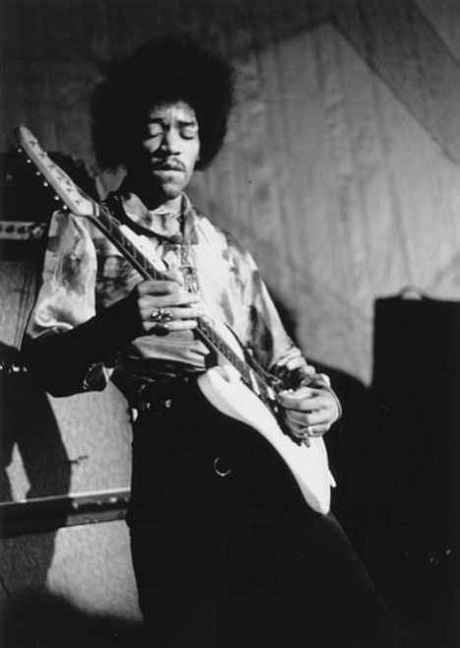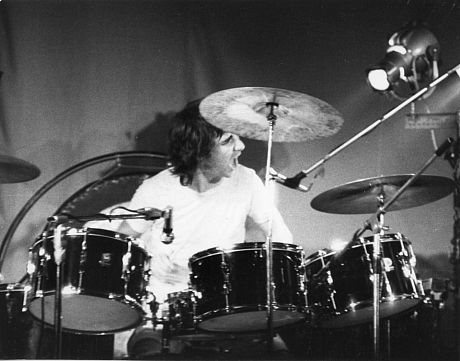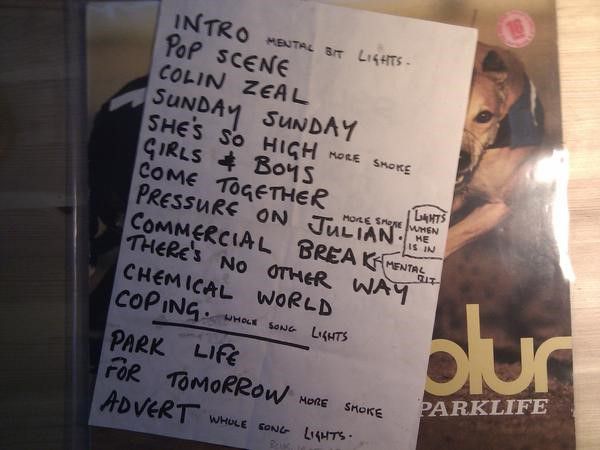Written by: Harry Turnbull, Music Editor and Isabella Poderico, Arts Editor
Brighton has always had a history of musicality. The beating heart of the city revolves around our small venues hosting the best up-and-coming talents there is to offer. It brings people together from different walks of life and provides the foundations of lifelong friendships. The music isn’t half bad either! However, the music of Brighton once thrived on our very own campus, and when I say this, I don’t mean the occasional Gin and Jazz night in Room 76 (albeit these events never fail to entertain). But once Sussex had global icons on our doorstep, even after they got their big break. This article will dive into their ventures, and ponder the question of whether we can get this to happen again. Considering the vast amount of debt we undergo for a diminished experience regarding live music, we should not accept anything less. After getting in contact with people who lived through Sussex’s live music glory days, our spiral into researching our university’s musical past evolved into questioning why large-scale music events seem unfathomable to occur on our campus today. Sure, the Sussex Student Union does some good; this paper would not be possible without them providing us with funding, for example. But the norm of large-scale community events, promoting values such as unity and solidarity, has faded from existence.
For now, let’s go back to the Swinging Sixties, the decade that birthed the age of modern music. Sussex was lucky enough to host a handful of ‘60s icons. One of these was the late and great Chuck Berry, known for revitalising the 12-bar blues and, some argue, actually being the Father of rock music (but we all know the real Father was Marty McFly). Chuck spared no expense at Sussex, cleverly utilising what was then new lighting technology to enhance his performance. According to Stephen Carter in 1965, “Chuck always did his trademark duck-walk, and the lighting was set to project a shadow of him doing that onto one of the walls of the (then) Refectory. Utterly amazing.” Another noticeable feature of the ‘60s rock ‘n’ roll scene at Sussex was the legendary (I don’t use that word lightly) Jimi Hendrix. Yes, Jimi Hendrix came to Sussex, tell that to your Mum and Dad. Hendrix’s innovative control of feedback and distortion, as well as the introduction of the famed ‘Wah-Wah’ effect, influenced countless others who came after him. Carol Lashmar, a Sussex alumni who assisted in the lighting of Hendrix’s performance, documented his visit. Apparently, “He came on an hour late at least after drinking rather a lot of whiskey, but don’t think it made much difference to the concert in the end!” We couldn’t talk about the ‘60s music scene without including some icons of home turf. One of these would be the utterly incredible Pink Floyd. Of course, their visit to Falmer House would have been before their genre-defining 1973 release The Dark Side of the Moon, so at the time they were relatively unknown. However, their potential was easy to recognise.

Enter the ‘70s. The demise of the Beatles helped usher in a new age of music, focussing on artistic classical rock, and defiant punk rock music. Arguably the biggest name in of all punk made an electric appearance at Sussex’s very own Mandella Hall in 1977. This band is, of course, The Clash. Known for rebelling in style and every American movie with a scene set in London (who doesn’t know London Calling), they transformed the post-punk and new-wave movements that followed punk. They were loud, rowdy and rambunctious, testing the structural integrity of Mandella Halls’ shoddy concrete. Sussex alumni Paul Cecil recounts the experience: “There was lots of pogo-ing and jumping around, getting very bruised bashing into people. It was mayhem but controlled mayhem for about 35 minutes. The Clash played an outstandingly good set – very short, very loud, very fast”. Speaking of loud and fast, The Who, also known as the loudest live band ever, made an appearance earlier in the decade. Having released their titular album Who’s Next in 1971, it was likely that Sussex alumni were treated to early versions of the classics Baba O’Riley and Behind Blue Eyes. Regardless of popularity, The Who always knew how to make a large impression. According to Gill Fraser in 1966, “The Who played in Falmer House Refectory in 1970: for some reason, I had to leave before the end, and you could still hear them halfway back to Brighton on the bus!”
The 1980s was a bit of a slower decade for Sussex University’s music scene. However, it is worth mentioning that in early ‘82, Robert Plant of Led Zeppelin visited Sussex, demoing his early solo work shortly after the death of drummer John Bonham, and the disbandment of the band 2 months later in December 1980. It was one of the most successful gigs of the decade.

Fast forward to the ‘90s, the decade of pioneering British guitar rock, or, as we know it, Britpop. It gave us Damon Albarn, drama, and a new pretentious song for guitar players to play at functions (‘Wonderwall’, duh). Sussex got a taste of this incredible scene, with Blur making an appearance at the beginning of their careers. Blur had released their debut album Leisure by the time they came to Sussex and were touring their fan-loved but commercially underwhelming album Modern Life is Rubbish. This would have been the first time audiences could be treated to pub classics Parklife and Girls & Boys, which to this day has remained relevant and got them sold-out shows at Wembley Stadium 30 years later. Sussex also paid host to the timeless Radiohead, pioneers in alternative electronic rock, and now global icons. We got into contact with Sussex alumni Keith Metcalf, who told us details about his experiences at Sussex. “I remember the concerts at East Slope were either free or you just paid a couple of quid,” he recalled. “This meant it was a wonderful opportunity to see new bands and for bands to find a discerning audience. As I mostly saw concerts in my first year, the organisation behind the gigs was a blur to me. I selfishly saw Radiohead and Pulp for free or near to free and I didn’t even realise what an experience I was being given!” A few more big names to drop from can include The Cranberries, Pulp, Manic Street Preachers, and so much more.

We are now in the 21st century, where technological advances are defining modern music and live performance, and with visits from Amy Winehouse, The Kooks and Bombay Bicycle Club, the trajectory of gigs initially showed no signs of slowing down. However, it seems now, in 2024, Sussex University’s music scene is at a relative standstill. Since 2016, only 1 live band has graced our student bars: the amazing local legends Canned Pineapple. The closures of East Slope Bar and Mandela Hall make it difficult to remain optimistic about its revitalisation. Why have these monumental live events ceased to exist in the present day? Perhaps the COVID-19 pandemic slashed the desire to see live music at the University. Although, I somewhat doubt that. It may be down to a student union who have failed to maintain the once-high standards that the University had regarding the music scene. Considering that Sussex once had names like Jimi Hendrix and Amy Winehouse play their student bars, why has the University failed to hold any major events post-COVID-19?
As university students, we certainly have the right to demand more from our student union. If this standard continues, could we be saying goodbye to the Golden Age of the Sussex music scene?
